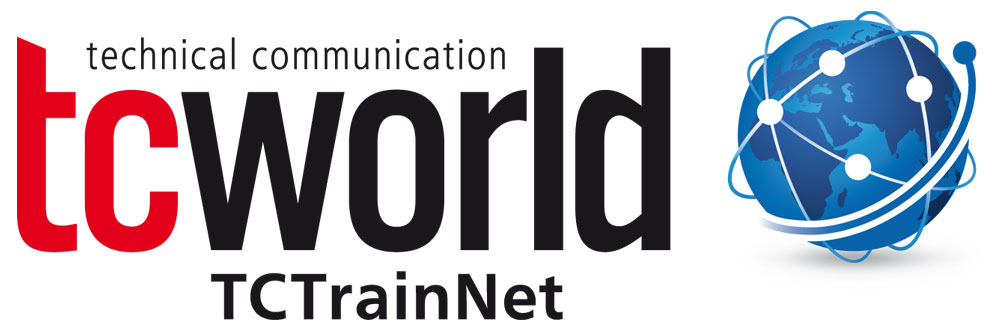However, you can analyze the expectations and demands they could have. Target group analysis tools serve this purpose. Using these, you can outline characteristics of target groups and typical use situations. The properties of an information product follow from these results, such as speech formation, structuring, and use of graphics, and information for the documentation concept.
Target group analysis is basically dependent upon the product type, as the following example methods and aspects demonstrate:
- Normative and legal target groups: These result from product type and normative as well as legal liabilities. In the case of complex electrical and medicinal products, as well as machines, certain target groups are characterized or excluded based on the necessary specialist knowledge and qualifications and the product safety required. You should perform this analysis at the beginning.
- Product-specific target groups: These result from the functions and operating states of a product and allow a direct derivation of the target group. For software, e.g. users and administrators; for a machine, e.g. operators and service technicians. This analysis likewise comes at the beginning.
- Use cases: These determine use cases for a product and are used to plan product functions. These occur at the beginning of the product life cycle. From these, you can figure out who will use the functions and what requirements the product has for users.
In the second part of this Learning Nugget, other methods and aspects are discussed.



